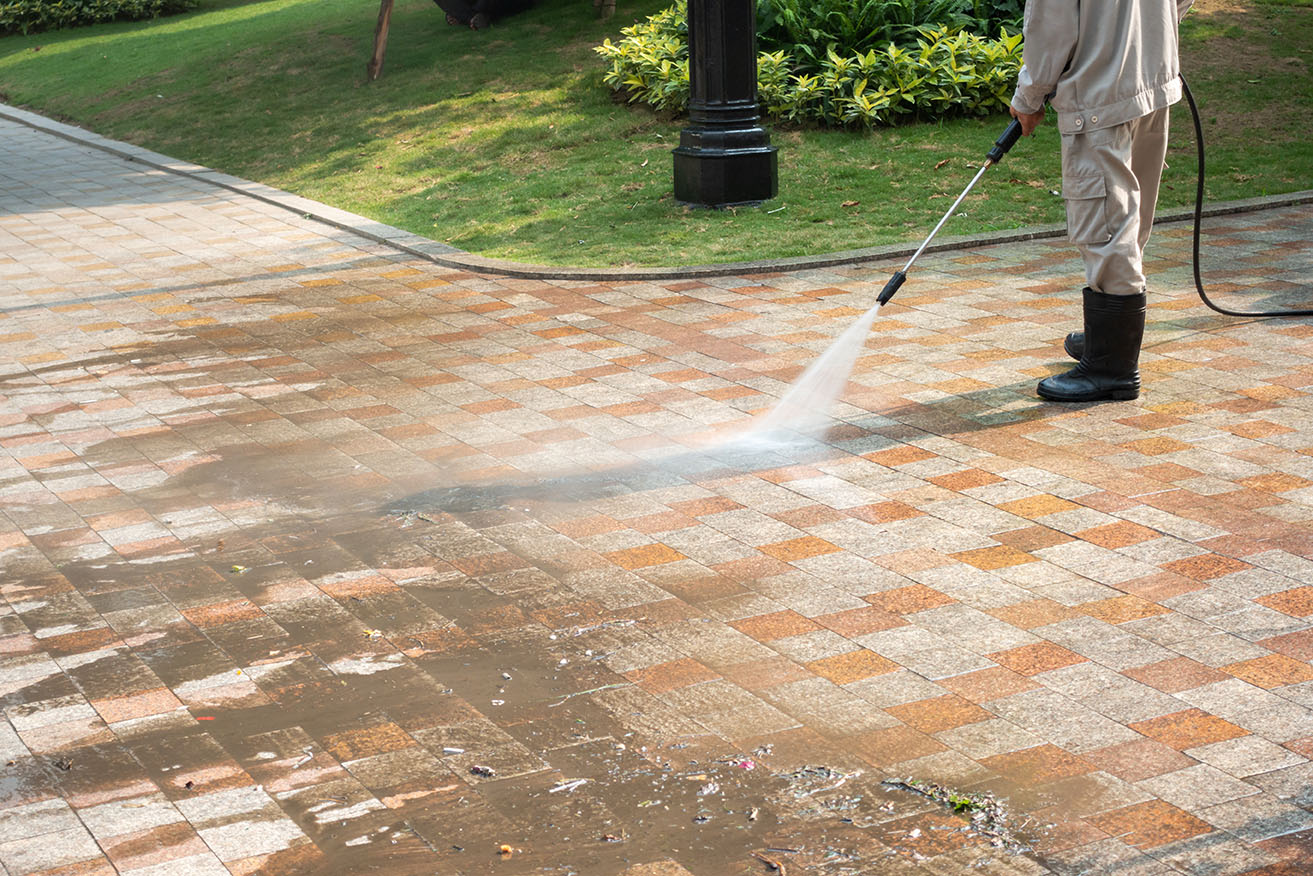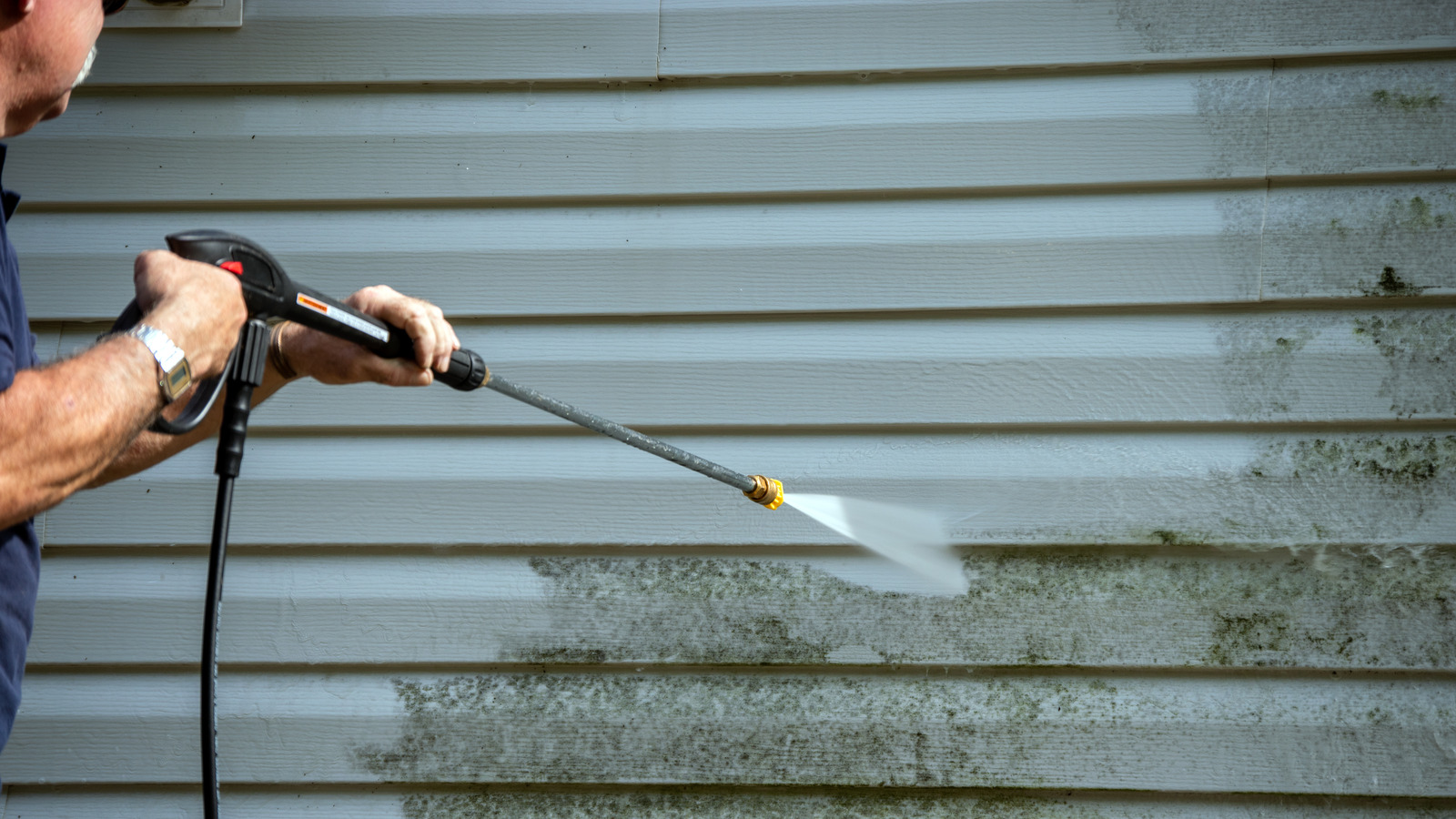Why Pressure Washing Lockhart Is the Top Option for a Thorough Deep Clean
Why Pressure Washing Lockhart Is the Top Option for a Thorough Deep Clean
Blog Article
Revitalize Your Home: The Ultimate Overview to Pressure Washing
Stress washing is an indispensable tool for home owners intending to bring back the aesthetic appeal and durability of their properties. Comprehending the subtleties of pressure ratings, devices option, and efficient cleaning methods can dramatically raise the exterior of your home. However, the process is not without its difficulties; inappropriate strategies can lead to damages instead than restoration. To browse these complexities and attain ideal outcomes, it is necessary to discover the basic aspects of stress washing, consisting of functional recommendations on dealing with typical discolorations and guaranteeing security throughout the process. What follows might transform your method to home maintenance.
Comprehending Stress Washing
Stress cleaning is a powerful cleaning method that utilizes high-pressure water spray to remove dirt, grime, mold and mildew, and various other contaminants from various surface areas. This technique is specifically effective on tough surfaces like driveways, pathways, decks, and house siding, where typical cleansing approaches may fail. By using specialized equipment that generates high-pressure streams of water, stress washing can penetrate deeply into surfaces, effectively displacing and getting rid of stubborn debris.
The process is not only effective however likewise eco-friendly, as it often counts exclusively on water, minimizing the need for severe chemical cleaners. In addition, stress washing can boost the visual allure of residential properties, maintaining their value and lengthening the lifespan of surfaces by avoiding damage brought on by impurities.

Choosing the Right Devices
Selecting the suitable devices is critical for achieving ideal cause pressure cleaning. The very first decision entails picking between electrical and gas stress washers. Electric designs are typically lighter, quieter, and ideal for property tasks like cleansing lorries or patio areas. Gas systems, on the other hand, offer greater pressure and flow prices, making them perfect for larger jobs such as cleansing driveways or siding.
Next, take into consideration the pressure rating, measured in extra pounds per square inch (PSI) For light-duty tasks, a stress washing machine with 1,300 to 1,600 PSI suffices, while medium-duty tasks normally require 1,600 to 2,500 PSI. Durable jobs might require devices going beyond 2,500 PSI.
Furthermore, the circulation price, gauged in gallons per minute (GPM), affects cleaning up performance (Pressure Washing Lockhart). A greater GPM enables quicker cleansing however may call for extra powerful tools
Methods for Reliable Cleansing

The method of overlapping strokes is crucial for even coverage. Additionally, maintaining a constant distance from the surface area, typically 12 to 18 inches, permits for efficient application without triggering damage.
Using the correct nozzle is also essential. A wide-angle nozzle is optimal for larger areas, while a slim nozzle can target persistent dirt or gunk. Additionally, using a sweeping movement rather than a stationary spray aids to avoid concentrated locations of stress, which might cause surface damage.

Taking On Common Discolorations
When it comes to maintaining the appearance of outside surfaces, resolving common spots properly is crucial for extending their life expectancy and improving curb charm. Different surfaces, consisting of concrete, timber, and vinyl, can build up spots from organic materials, oils, and toxic wastes, demanding a targeted method.
For oil discolorations, a mix of degreasers and pressure washing can yield superb outcomes. Apply the degreaser to the discolored location, permitting it to pass through before using a pressure washer to eliminate the residue. Organic stains, such as mold or algae, usually call for a service consisting of bleach or a committed mold and mildew eliminator, followed by pressure washing to bring back the surface's original look.
Rust stains, usually discovered on steel surfaces, might necessitate specific corrosion cleaners. Apply the item and scrub the area before pressure washing to get rid of any sticking around discoloration. It is very important to examine any type of cleansing service on a tiny, inconspicuous area first to stay clear of damages.
Safety Tips and Ideal Practices
Making certain security while pressure cleaning is paramount, as the high-pressure water can present significant risks if not handled appropriately. To protect yourself and others, always use appropriate individual protective tools (PPE), including safety and security goggles, gloves, and durable footwear. This gear will secure you from flying particles and the potential for injury.
Prior to beginning, examine the stress washer for any leaks or harmed parts. Familiarize on your own with the equipment's manual to recognize its operation and safety attributes. In addition, make sure the area you are functioning in is without barriers and that any electric connections are risk-free from water exposure.
When operating the pressure washing machine, maintain a secure distance from surfaces and prevent aiming the nozzle at individuals, family pets, or breakable items. Make use of the proper nozzle for the task, as different nozzles create varying spray patterns and stress levels. Be conscious of your surroundings: safe loose products, watch for electric lines, and stay clear of functioning in damp problems that may lead to slips or drops.
Verdict
In conclusion, stress cleaning offers as an important tool for home owners looking for to boost residential or commercial property looks and durability. By imp source recognizing the complexities of tools selection, efficient cleansing techniques, and typical discolor elimination, the potential for rejuvenating one's home comes to be evident.
Pressure washing is an effective cleansing method that uses high-pressure water spray to eliminate dust, crud, mold, and other pollutants from different surface areas. By using specialized equipment that produces high-pressure streams of water, stress cleaning can penetrate deeply into surfaces, efficiently removing and cleaning away persistent particles.
Nonetheless, it is crucial to understand that pressure washing requires a certain level of skill and knowledge to avoid damaging surfaces. Softer materials like wood or painted surfaces necessitate a lower pressure setting to avoid damage, whereas concrete or brick surfaces can withstand greater stress degrees.
Organic spots, such as mold or algae, commonly need an option consisting of bleach or a specialized mold cleaner, followed by pressure cleaning to recover the surface's original look. additional resources - Pressure Washing Lockhart
Report this page